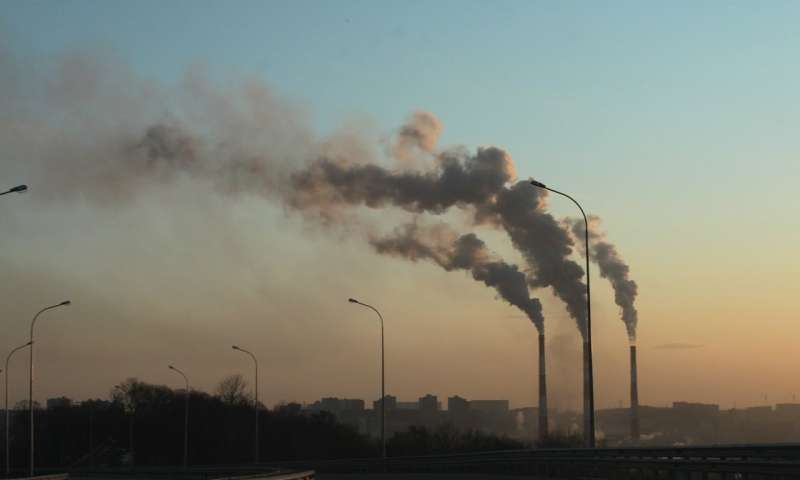A new study from Northern Arizona University has found that the global greenhouse gas emissions database co-founded by former Vice President Al Gore, known as Climate TRACE, is significantly underestimating emissions from power plants by an average of 50%. The lead researcher, Professor Kevin Gurney, has spent decades developing a more accurate system for quantifying emissions in the U.S. This raises concerns about the reliability of the data used for policymaking and climate action. Greenhouse gas emissions and climate change mitigation are crucial topics for our planet’s future.

Is Climate TRACE As Reliable as It Claims To Be?
Research done by Professor Kevin Gurney at the School of Informatics, Computing, and Cyber Systems at Northern Arizona University, has called into question the veracity of the Climate TRACE database that was co-founded by former Vice President Al Gore. The research, published in Environmental Research Letters, found the Climate TRACE database undercounts US power plant emissions by an average of 50%.
Gurney and colleagues cross-calibrated their Climate TRACE data against a more inclusive database called ‘Vulcan-power’, which leverages methods of cross calibration with multiple U.S. datasets from the EPA, as well as DOE. Similarly, a Vulcan-powered map data has an uncertainty of approximately 15%, which is much larger than the discrepancies identified between it and the Climate TRACE database.
Need for transparent emissions data to act on climate
Society has recognized that reliable information on greenhouse gas emissions is vital for the effective response to climate change. Gurney and his collaborators contend that a higher degree of standardization, as well as scientific objectivity are required to establish best practices for greenhouse gas emissions estimation. It is important that policy-makers and the public have access to the most accurate emissions data possible, to inform climate policies and allocate precious public funds wisely in ways that will reduce emissions and slow global warming.
Ph.D. student Bilal Aslam said: ‘This will ensure the right policy choices and targeted spending off of emission abatement, are implemented efficiently’ researcher and C. D.-student who was working with the emission study. We will never get to perfect accuracy in estimating emissions, but we must at the very least hold ourselves to the highest scientific standards possible in what we publicly represent’, noted Gurney.
Years of emissions quantification research at Gurney
Gurney, an atmospheric scientist and ecologist by training who has spent nearly two decades devising a national standardized approach to quantifying greenhouse gas emissions in the U.S. Research projects — Vulcan for the United States and Hestia, which pinpoints emissions by neighborhoods and even streets — receive support from multiple federal agencies and show in unprecedented detail the distribution of greenhouse gases on a regional scale that can reveal problem areas with precision no policymakers had seen before, to target where to cut those gases most effectively.
In comparison with other atmospheric monitoring stations, Gurney’s estimates perform quite well and he has over 160 scientific publications, including a recent U.S. National Academy Report on ‘Greenhouse Gas Emissions for Decisionmaking.’ He has participated in negotiations (both COPs and reviews /implementation of the UNCCFC /Kyoto Protocol discussions) during more than twenty five years, and also is a chapter lead author in IPCC of climate changes.
